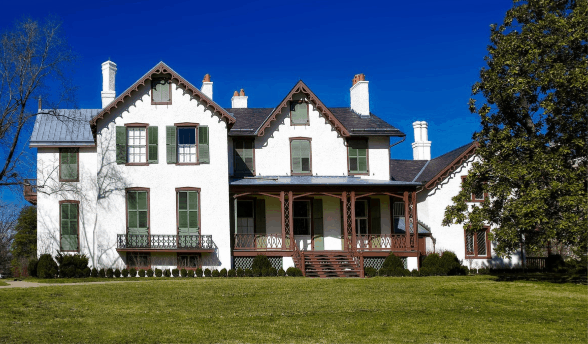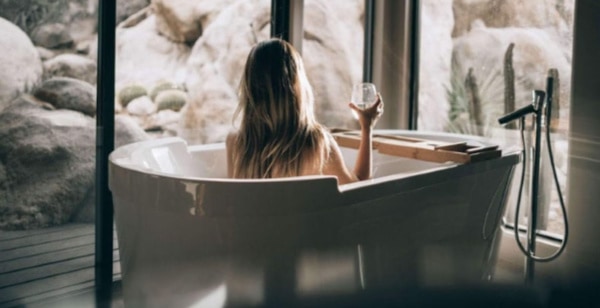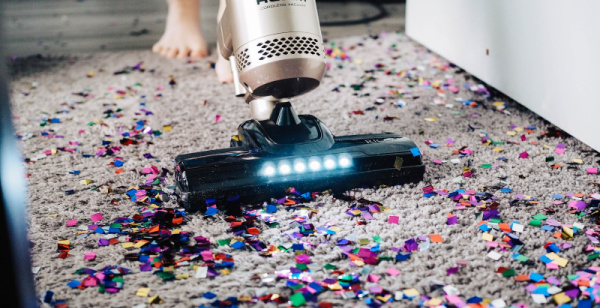Restoring a Historic House: 7 Tips and Tricks Before Getting Started
Any type of home improvement project can be a demanding endeavor but restoring a historic house can pose a special kind of challenge. Regardless of whether you plan on living in the house in question or selling it, you cannot go into this blindly. Here are the most important things that you need to have in mind before you decide to restore a historic house.
Understand what restoration is

If you decide to restore a house, you are basically returning the interior and exterior look to its original appearance. Depending on the structure you are restoring, you might have to make it match the time period it was built in. Another important thing to keep in mind is that there are usually strict guidelines which specify what can be done. In addition to meeting various codes and getting permits, you need to follow the standards which these guidelines set and research what is allowed. See how much of the interior or exterior can be changed, if any. Contact the local historic preservation societies to get more information about the restoration process.
Learn about the house

Now that you are aware of what restoration entails, you should try to find out as much as you can about your property. Luckily, there are many resources to help you in your mission, such as local archives or the public library. Discover the home’s story, look into previous owners and search for photos of the house during its glory days. Once you know how it looked before, it will be much easier to return it to its prime condition and show off its history. Furthermore, make sure you also learn more about the time period during which the house was constructed.
Research the details
As we mentioned earlier, it’s vital to be aware of local and state laws as well as the period when the property was built. However, other than knowing what you can change, you should also put some time and effort into researching individual home improvement projects which you can do once you start the restoration process. When it comes to renovating classic homes, you have to understand that the needs and wishes of people usually depend on the location of the property. This is especially important if you plan on selling the house, so dig around a little bit to see which areas have art deco architecture, where Victorian homes are popular, etc. You can find a lot of information online and you should probably do some market research before you purchase a property.
Stay true to the house’s history and character

When planning what you will do with the home, you should try to stay as true to the house’s character as possible. If the property was built in a certain style, don’t try to introduce elements from other styles, in order to preserve the home’s spirit. See which original features you could make even more prominent and central to the home’s appearance, such as the materials used. If you get permission to make the interior more modern, you can always find ways to incorporate art deco elements into it to match the overall aesthetic. Whatever you decide to do, make sure no history is lost during the restoration.
Be careful about modern upgrades
While on the topic of making things more modern, you should be careful about what you decide to do regarding upgrades. For instance, modern features and amenities might be crucial to restoring the full potential of the home, but you have to know how to integrate them properly and non-intrusively. The electrical, cooling and heating systems should probably all be updated but they are not that visible. On the other hand, don’t overdo it with technology and gadgets that are in plain sight. If, for example, the interior has a rustic style, you can find great ways of subtly incorporating modern elements into the space.
Have a financial plan

In order to be able to properly finish the restoration of a historic house, you need to be aware of your budget. Plan your finances to the smallest detail and make sure to always have an emergency fund. If you’re looking for homes to flip, you should start small. Look for a house that doesn’t need much work but make sure you use quality materials that will boost its price later on. Even if you don’t plan on selling the property, don’t go over your budget. It’s quite possible that the house will need a lot of work, seeing as how these homes are quite old. Be on the lookout for any water damage as that is one of the biggest enemies of historic homes.
Be aware of your limits
You might think that you can do all of this on your own but it’s essential that you realize when you need help. Some things you cannot and should not do yourself, such as handling electrical work. If you have a lot of time on your hands, you can slowly deal with the projects one by one. However, if you are not an expert in a particular field and are in a pinch when it comes to time, you should not hesitate to call in a pro.
If you decide to restore a historic house, you should research it well before you actually buy it and make sure you are ready for this kind of undertaking. These seven tips and tricks should help you on your journey.
Sophia Lockhart; Blogger

Just a simple girl who loves to write, travel and eat tasty food!












Leave a Reply